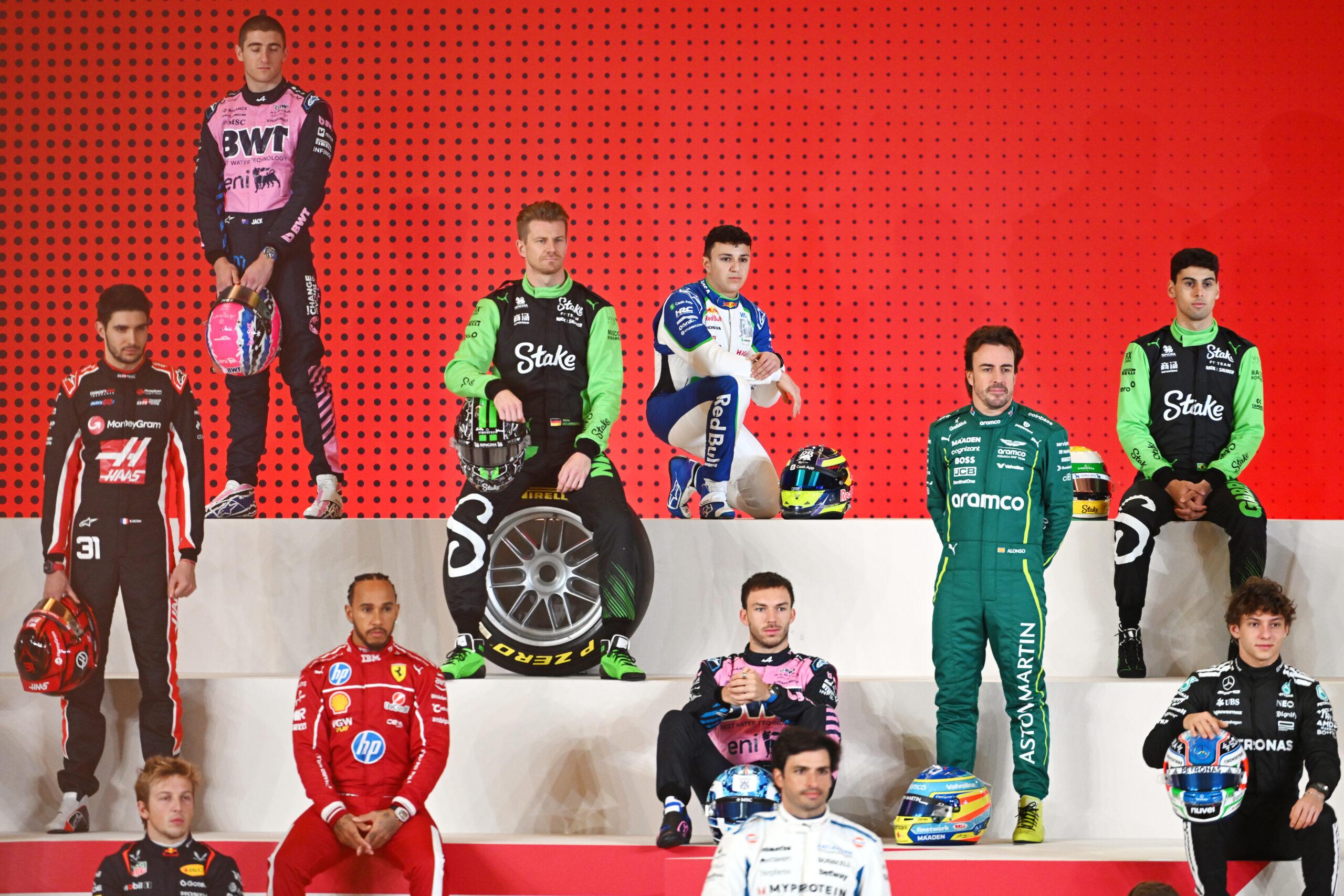Short answer? Yes. But you won’t be bragging about it at a hypermiling meetup. Modern F1 cars average roughly 5–6 mpg over a Grand Prix distance. That’s the price of doing 190+ miles at warp speed with obscene downforce and power. Efficiency? Better than you think. Mileage? File this under: yikes.
Here’s the twist. Today’s 1.6L V6 hybrid monsters make around 950–1000 hp and still squeeze a full race out of about 110 kg of fuel (roughly 145 liters or 32 gallons). The competition? Reduced to expensive spectators if they mismanage fuel. Welcome to fuel-limited racing, where brains beat brute force.
How Many MPG Do F1 Cars Actually Get?
Let’s do the brutal math. A typical race runs at least 305 km (190 miles). With a max fuel load of roughly 110 kg since refueling was banned, that lands you in the neighborhood of 5–6 mpg. Some tracks skew it. High-speed power circuits guzzle. Street tracks can sip—relatively.
Back in the day, cars had 4.5L engines and refueled mid-race. Today? A 1.6L turbo-hybrid sprints the full distance on a fixed amount of fuel. Lights out and away we… oh wait, physics already won.
Why MPG Is Low (and Why That’s Fine)
Downforce eats energy. Drag skyrockets past 200 km/h, and F1 lives there. You’re pushing a carbon-fiber missile through air with wings that act like inverted airplane foils. Efficiency at speed? A cruel joke. But lap time? That’s king.
Power output is ridiculous. Around 950 hp from a 1.6L hybrid system. That’s a road car’s fever dream. Sacrificing mpg for pace isn’t a bug. It’s the entire point.
Fuel Rules: The Real Fuel-Saver
Since 2010, refueling is banned. You start heavy, you finish light, and you’ve got a hard ceiling: around 110 kg of fuel per race, with 1 kg left for sampling. Want to push? Improve efficiency or lift and coast like a pro.
This cap forced teams to weaponize efficiency. Not PR fluff—actual thermal efficiency breakthroughs. Some modern F1 power units reportedly convert more than 50% of fuel energy into motion. For engines, that’s wizardry. Granny’s hatchback? Not even close.
Hybrid Systems: The Secret MPG Sauce
The hybrid package recovers braking energy and turbo heat, storing it in batteries to shove more power down the straights. It’s not about sipping fuel—it’s about spending it smarter. Think KERS/ERS harvesting to offset the brutal drag tax.
So no, you won’t get Prius mileage. But per horsepower, F1 makes road cars look lazy. The plot thickens like a team’s excuse list.
From Track to Street: Does Any of This Help Your Commute?
Yes—then no—then yes. F1 has pushed turbo downsizing, hybrid integration, and wild gains in engine thermal efficiency. Aerodynamics too. Less “fridge-like” car shapes mean better real-world economy. This stuff matters.
But here’s the scandal: manufacturers too often cash those efficiency gains as more power, not less fuel burned. Road cars get heavier, faster, flashier—and keep similar emissions. Somewhere, a PR manager just had a minor stroke.
Weight, Aero, and Materials
Weight kills mileage. F1 solved it with carbon fiber. It’s stiff, safe, and outrageously expensive. That means the tech drips into supercars first. Your family crossover? Still waiting.
Aero helps everywhere. F1’s wind tunnel obsession—think Adrian Newey levels of airflow sorcery—improves road-car drag. Less drag equals better mpg at highway speeds. Science, not snake oil.
So… Do Teams Fuel-Save Mid-Race?
Absolutely. Drivers manage lift-and-coast, harvest energy, tweak engine modes, and juggle battery deployment like accountants balancing a chaotic ledger. One misstep and you’re slower than my grandmother’s WiFi.
Strategy is everything. Pick the right tire, nail the safety car window, manage the fuel delta. That defense was pure Schumacher—minus the success part if you blew your numbers.
F1 Fuel, Numbers, and Context
F1 runs on tightly controlled unleaded petrol with about 10% ethanol in recent years. The goal? Performance, consistency, and fairness in testing. No secret rocket fuel, no fairy dust. Just regulated chemistry and savage engineering.
Race speeds average around 200 km/h. Peak speeds can nudge 370 km/h. MPG collapses as drag climbs. Physics isn’t negotiable, no matter how much you shout “push now.”
Quick Comparisons That Might Hurt
- F1 car: ~5–6 mpg over ~190 miles at race pace
- Road sports car: 15–25 mpg highway, at civilized speeds
- F1 thermal efficiency: elite; per hp, it’s witchcraft
Translation: an F1 car guzzles more per mile than your V8 road bruiser, but makes a mockery of it in power density and efficiency per horsepower. Different game, different scoreboard.
Weather Watch: The Uninvited Fuel Engineer
Heat spikes track temps and tire wear. The track temperature hit levels that would make Hell consider air conditioning, and suddenly you’re lifting to save rubber and fuel.
Wind? The wind played favorites today—apparently it’s a Mercedes fan. Headwinds torch consumption on the straights. Tailwinds? Your fuel engineer just exhaled.
Bottom Line: MPG in F1 Is a Trick Question
Do F1 cars get mpg? Sure. Around 5–6 mpg. But treating a Grand Prix like a road trip is missing the plot. This is a fuel-restricted chess match at 200 mph, powered by hybrid wizardry and aero voodoo. The result? Engines that extract obscene power from a thimble of fuel.
Regulators forced it. Engineers perfected it. Road cars benefit—when automakers use the gains for efficiency and not just bigger, heavier, faster toys. Your move, industry.

